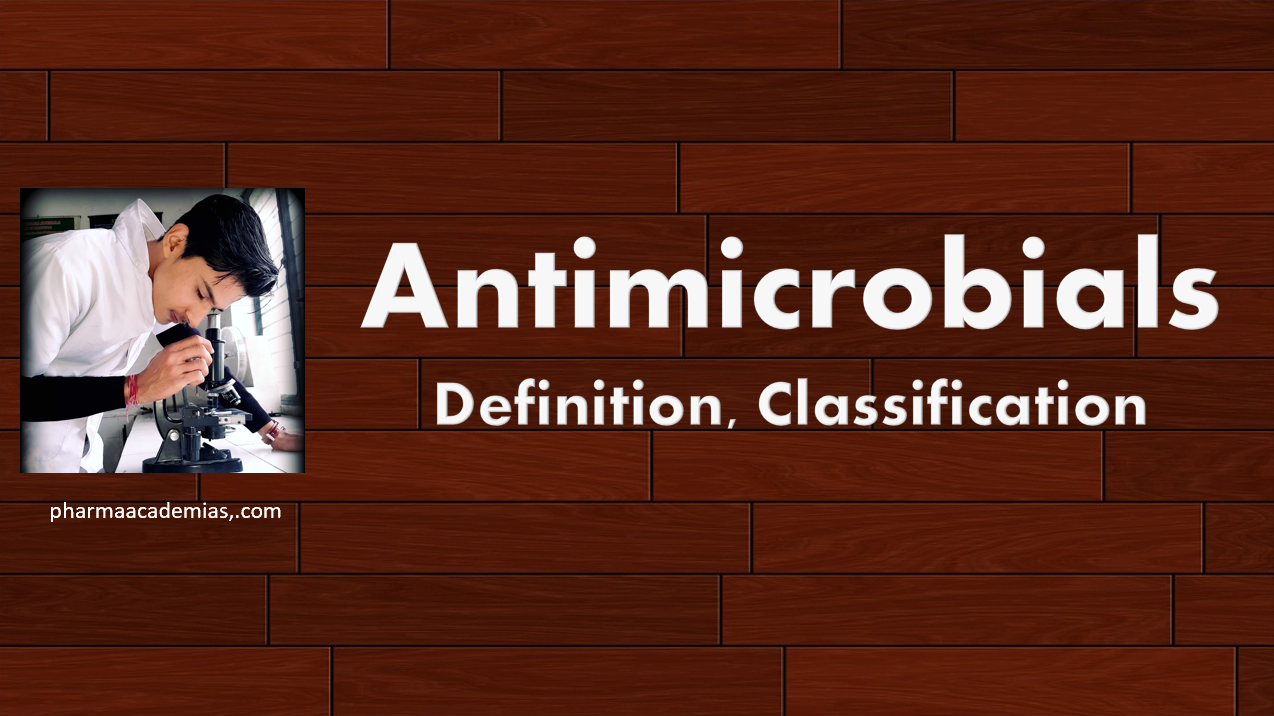Anti-amoebic agents: Classification, Dose, Indications, and Contraindications
Anti-amoebic agents are medications used to treat infections caused by amoebas, which are single-celled parasites belonging to the phylum Amoebozoa. These drugs target the parasite’s metabolic pathways, cell structures, or reproductive processes to eliminate or suppress their growth within the host organism. Classification of Anti-amoebic Agents Anti-amoebic agents are medications used to treat infections caused … Read more



